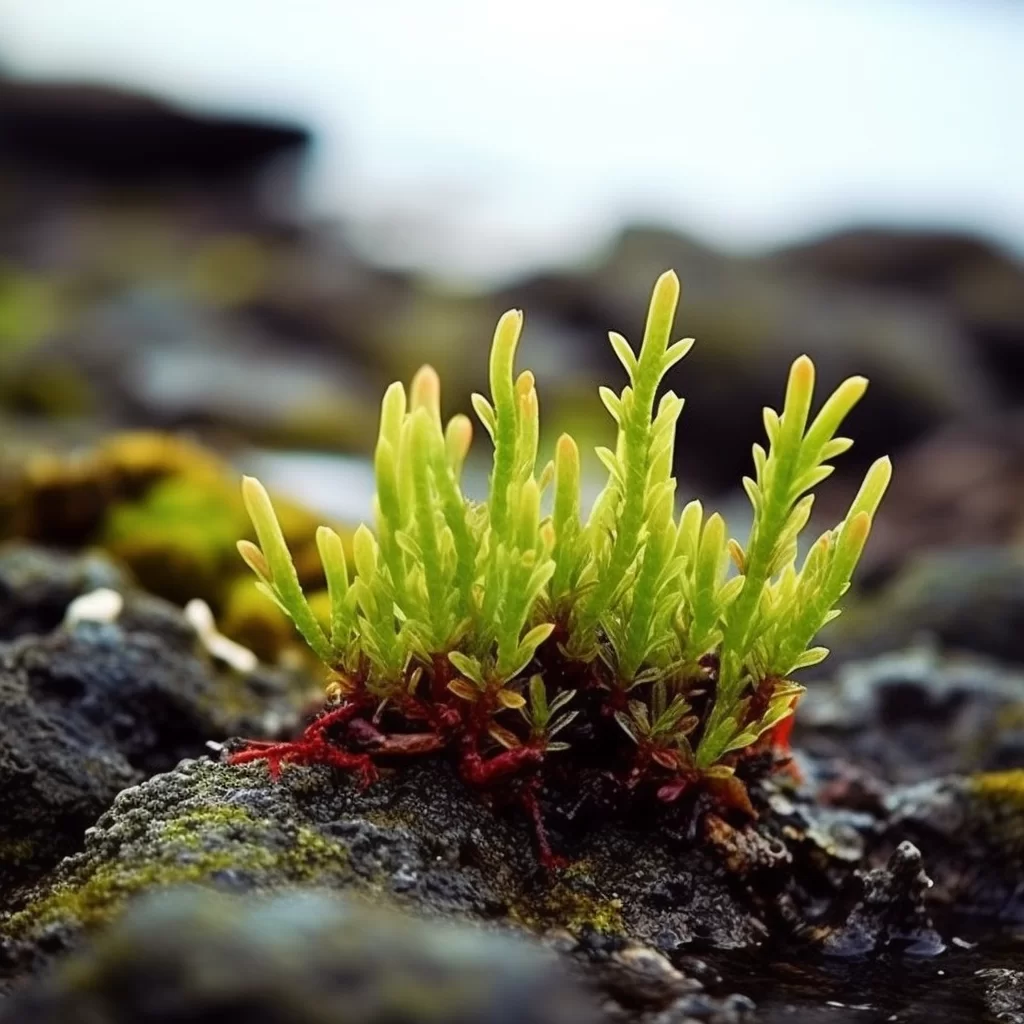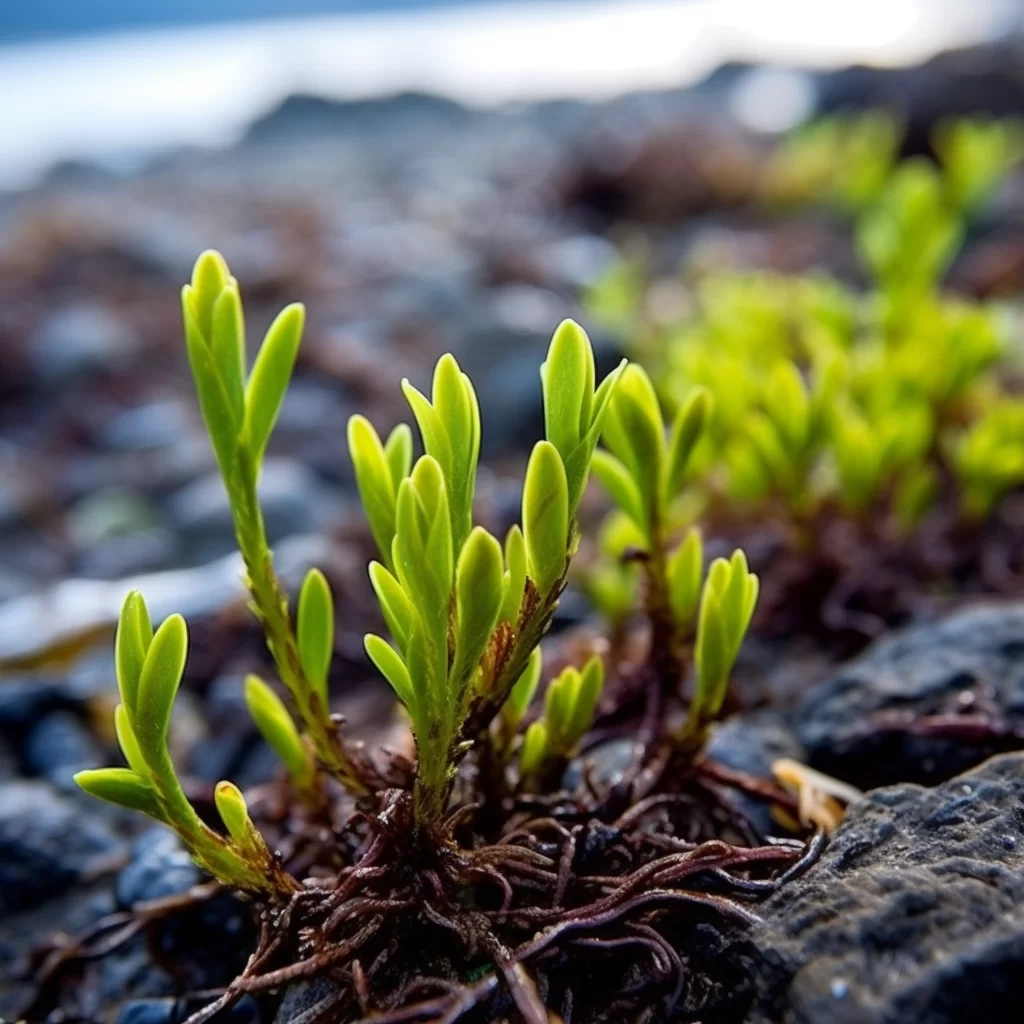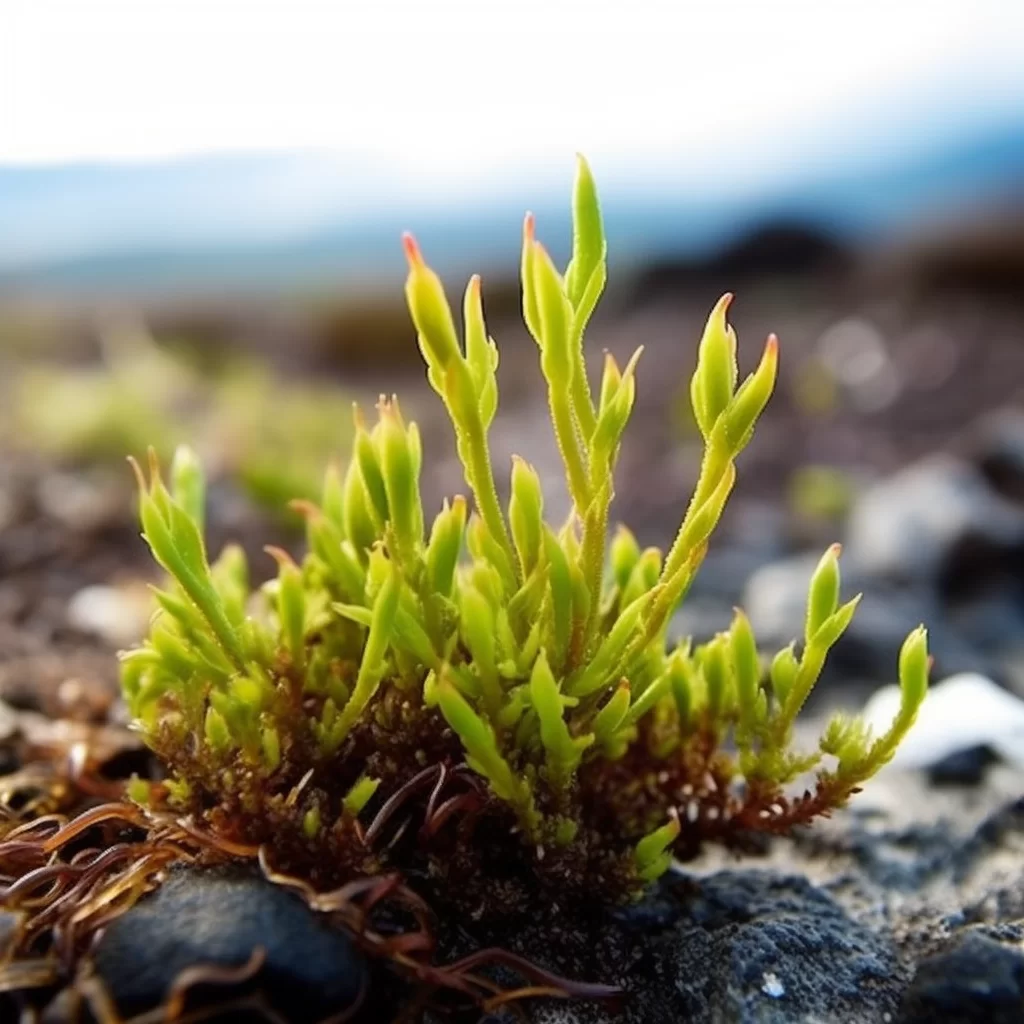Story of Day :
Contents
The Complete Guide to Rockweed Plant Care Tips
Are you looking for an attractive and low-maintenance plant to add to your garden? Look no further than the rockweed plant! This versatile plant is perfect for a variety of garden styles and can thrive in a range of conditions.
In this article, we will provide you with all the information you need to care for your rockweed plant.
What is Rockweed?
Rockweed (Fucus vesiculosus) is a type of seaweed that grows in rocky areas along coastlines in temperate regions.
It has long, slimy stems that are covered in small air bladders.
The air bladders help the plant float during high tide and stay upright during low tide.
Planting Location

If you live near the coast, rockweed can be found growing naturally on rocks near beaches or harbors.
If not, it’s still possible to grow them at home using containers filled with saltwater or marine soil mixtures.
- Select a location where your rockweeds can get plenty of sunlight; they need about 4-6 hours daily.
- Avoid planting them too close together as this can cause overcrowding which may lead to poor growth and disease formation.
- The optimal water temperature should be between 10 °C -20°C
Care Tips
- Watering: Regular irrigation isn’t necessary since they absorb nutrients through their leaves instead of roots.
However having an moist environment around it will promote better growth rates
- Fertilizing: If planted indoors or under controlled conditions fertilizers rich in nitrogen compounds are encouraged.
However, in natural environments they don’t need fertilizers since they get their nutrients from the ocean.
- Pruning: Pruning isn’t necessary unless you want to control its growth and appearance.
If pruning is required, be careful not to remove too much of the plant as it can lead to stunted growth or death.
- Pests and Diseases: Rockweed plants are generally hardy and resistant to pests and diseases.
However, keep an eye out for signs of aphids, spider mites or other insects that may attach themselves on the leaves especially when grown indoors.

Harvesting
You can harvest rockweed at any time of year; however, its peak growing season is between spring-summer periods.
It’s best to harvest them only after your plant reaches maturity which usually occurs around 3 years after planting.
- The best way is by gently pulling off a few branches from your plant without causing too much damage or uprooting it entirely
- Rinse with fresh water before drying them in a well ventilated space away from direct sunlight
- Culinary Uses: Rocksweeds are used commonly used ingredient for soups broths and sauces due their natural flavor enhancer properties.. They are also rich in minerals like iodine which makes them great addition in recipes calling for this mineral (such as fish dishes).
- Cosmetic uses: Their extracts have been found useful for making beauty products such as facial masks, moisturizers and shampoos.
- Medical uses: They are rich in antioxidants that help to boost the immune system and reduce inflammation in the body.
.
.
Avoid harvesting during “red tide” periods as this can cause toxins accumulation that may harm human health if consumed.
Uses

.
.
Conclusion
Rocksweed is a versatile plant that offers many benefits for your garden and overall health.
Whether you’re looking for a low-maintenance plant or an ingredient for your culinary, cosmetic or medicinal needs, rockweeds can accommodate all of them as long as you follow proper care tips like sunlight exposure and water quality control.
With this guide, we hope you learned everything you need to know about growing rockweeds successfully.